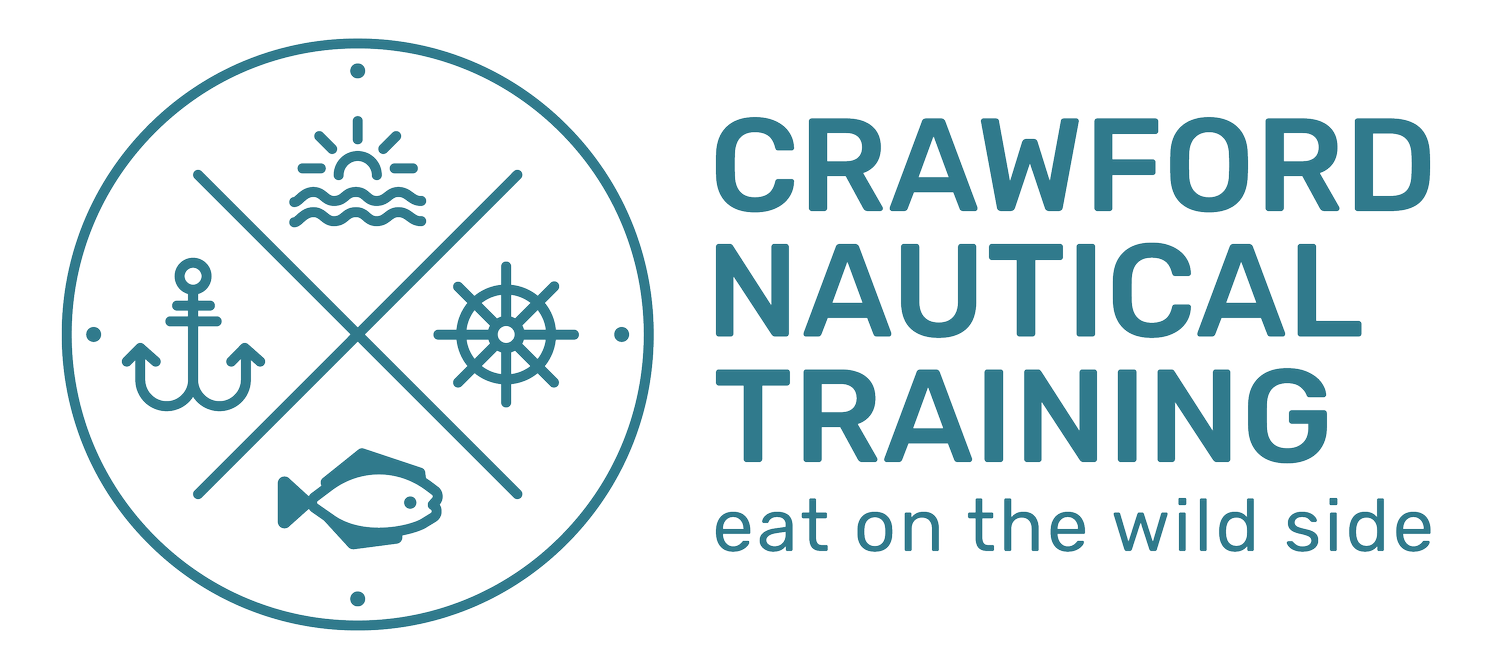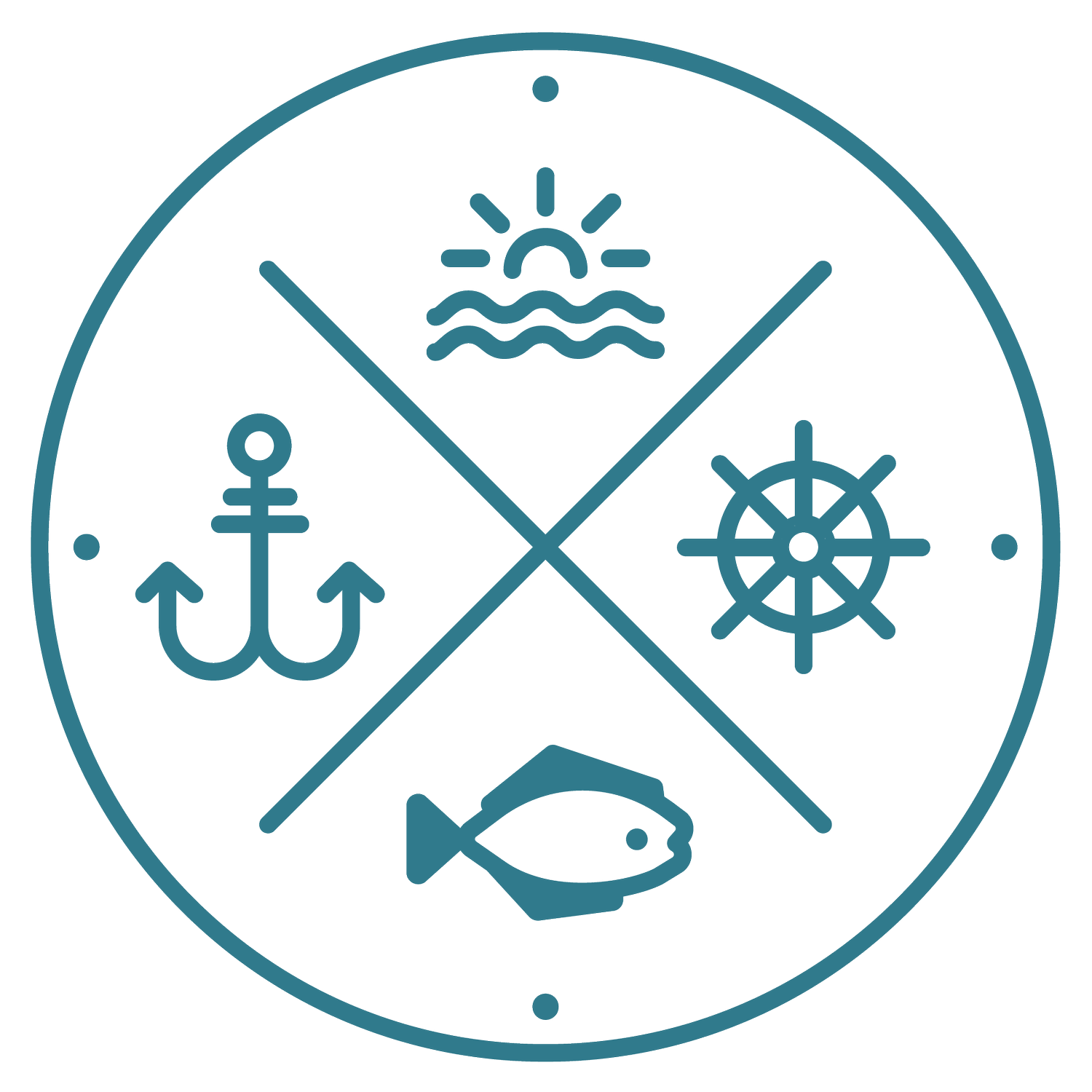Rule 9: Narrow Channels
One of the thornier Rules of the Road, Rule 9, Narrow Channels, addresses navigation in particularly precarious areas. Because narrow channels proliferate on waters shoreward of demarcation lines, it is not surprising that there are a number of significant differences between the International (COLREGS) and the Inland versions of this rule. For now, we will only consider the use of the Doubt (Danger) signal in a Narrow Channel. In so doing, it is important to remember that sometimes the correct answer to a multiple-choice question is the least wrong answer. In the sample questions to follow, three of the answers are indisputably wrong. If the questions had been reframed as True/False, their ambiguity might have caused problems.
First though, here are the apparent areas of difference between the two sets of Rules.
International rules of the Road (COLREGS)
9(d) A vessel shall not cross a narrow channel or fairway if such crossing impedes the passage of a vessel which can safely navigate only within that channel or fairway. The latter vessel may use the signal prescribed in Rule 34(d) if in doubt as to the intention of the crossing vessel.
9(e)(i) In a narrow channel or fairway when overtaking can take place only if the vessel to be overtaken has to take action to permit safe passing, the vessel intending to overtake shall indicate her intention by sounding the appropriate signal prescribed in Rule 34(c)(i). The vessel to be overtaken shall, if in agreement, sound the appropriate signal prescribed in Rule 34(c)(ii) and take steps to permit safe passing. If in doubt she may sound the signals prescribed in Rule 34(d).
Inland Navigation Rules
9(d) A vessel shall not cross a narrow channel or fairway if such crossing impedes the passage of a vessel which can safely navigate only within that channel or fairway. The latter vessel must use the signal prescribed in Rule 34(d) if in doubt as to the intention of the crossing vessel.
9(e)(i) In a narrow channel or fairway when overtaking, the power-driven vessel intending to overtake another power-driven vessel shall indicate her intention by sounding the appropriate signal prescribed in Rule 34(c) and take steps to permit safe passing. The power-driven vessel being overtaken, if in agreement, shall sound the same signal and may, if specifically agreed to, take steps to permit safe passing. If in doubt she shall sound the signal prescribed in Rule 34(d).
COLREGS uses the auxiliary verb “may” where Inland uses a “must” to describe when vessels sound the doubt (danger) signal of Rule 34:
34(d) When vessels in sight of one another are approaching each other and from any cause either vessel fails to understand the intentions or actions of the other, or is in doubt whether sufficient action is being taken by the other to avoid collision, the vessel in doubt shall immediately indicate such doubt by giving at least five short and rapid blasts on the whistle. Such signal may be supplemented by at least five short and rapid flashes.
Clearly the “doubt” signal is not optional, at least for vessels in sight of one and other and failing to understand the intentions or actions of the other vessel. Why then the “may,” which indicates an option, in COLREGS? The answer is that Rule 9 falls in that section of the Rules describing the “Conduct of Vessels in ANY Condition of Visibility.” If vessels are in sight in a narrow channel and in doubt as to the intentions or actions of the other, then they must (to comply with Rule 34(d)) sound at least five short blasts. If, however, the vessels are in a narrow channel and in doubt but only aware of the presence of the other vessel by radar or fog signals then it would not be appropriate to sound the “doubt” signal. Numerous USCG questions place vessels in fog and in doubt and offer as an answer choice, “Sound the ‘doubt’ signal.” That answer is always wrong.
By contrast, Inland simply says vessels “must” sound the ‘doubt’ signal in a narrow channel when there is doubt.
Here are a couple of questions where ‘shall’/’must’ versus ‘may’ come into play:
Question 1:
You are operating a vessel in a narrow channel (International Only). Your vessel must stay within the channel to be navigated safely. Another vessel is crossing your course from starboard to port, and you are in doubt as to his intentions. According to Rule 9, which statement is TRUE?
(A) You should sound one short blast to indicate that you are holding course and speed
(B) You are required to back down
(C) You may sound the danger signal
(D) You must sound one prolonged and two short blasts
ANSWER: (C). In International, one short indicates the vessel is altering course, so there goes (A). Nothing in the Narrow Channel or any other Rule requires that in this situation the vessel would have to back down. Toss (B). (D)’s one prolonged and two short blasts is a fog signal for a broad category of troublesome vessels. This leaves (C), but to be completely correct Rule 34(d) requires the vessels be in sight, a condition not stated in the stem of the question.
Question 2:
You are in charge of a 250-meter freight vessel constrained by her draft proceeding down a narrow channel (International Only). There is a vessel engaged in fishing on your starboard bow half a mile away. According to Rule 9, which statement is TRUE?
(A) You are to slow to bare steerageway until clear of the fishing vessel.
(B) If you are in doubt as to the fishing vessel’s intentions you may sound at least five short and rapid blasts on the whistle.
(C) You must sound one prolonged blast to alert the fishing vessel.
(D) You are not to impede the fishing vessel.
ANSWER: (B). Choices (A) and (C) are nowhere stated in the Rules and choice (D) has it backwards — the fishing vessel is not to impede anyone in a narrow channel. For (B) to be completely correct though, we must assume that the constrained by draft vessel is in sight of the fishing vessel when struck by doubt.

